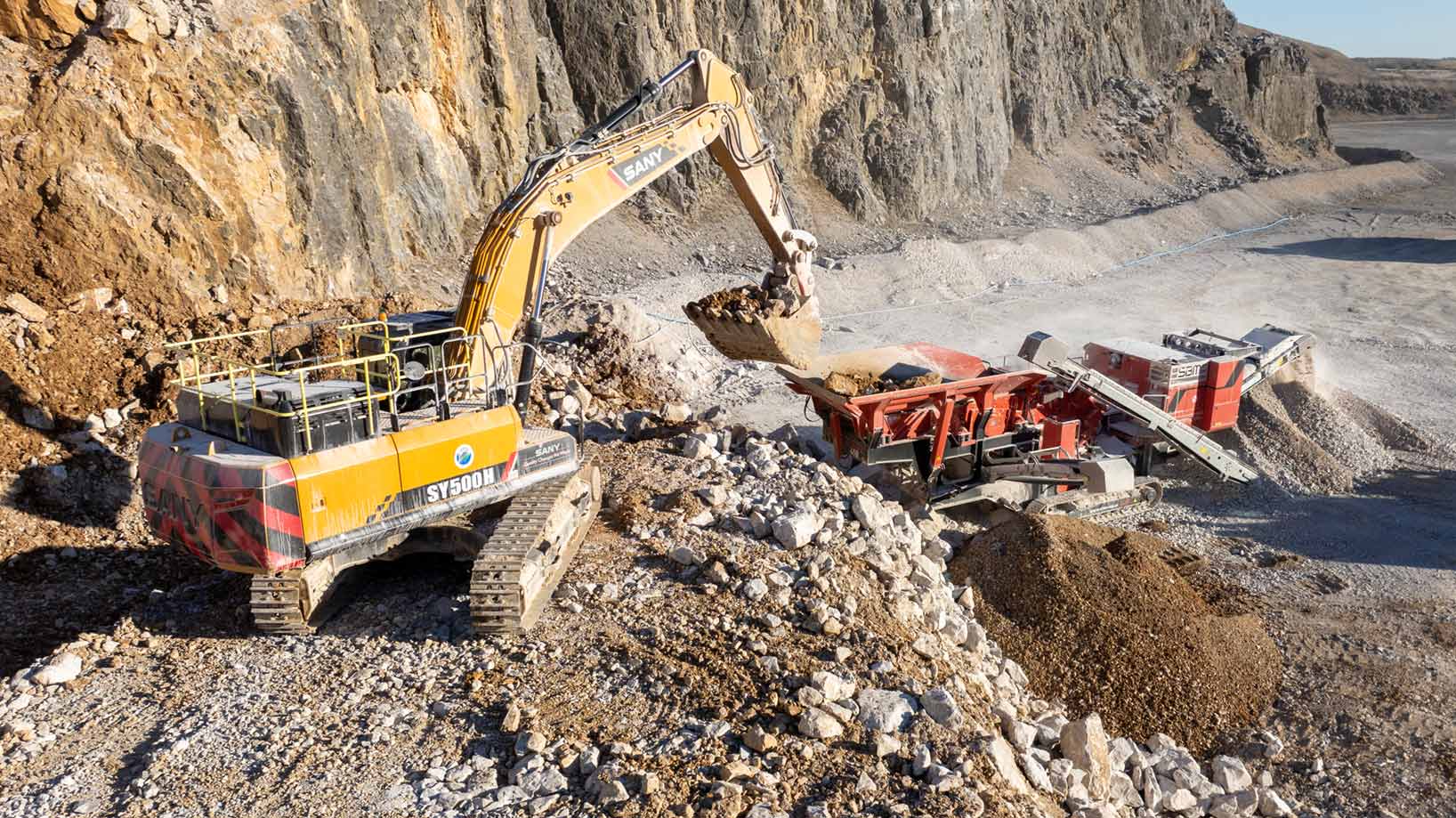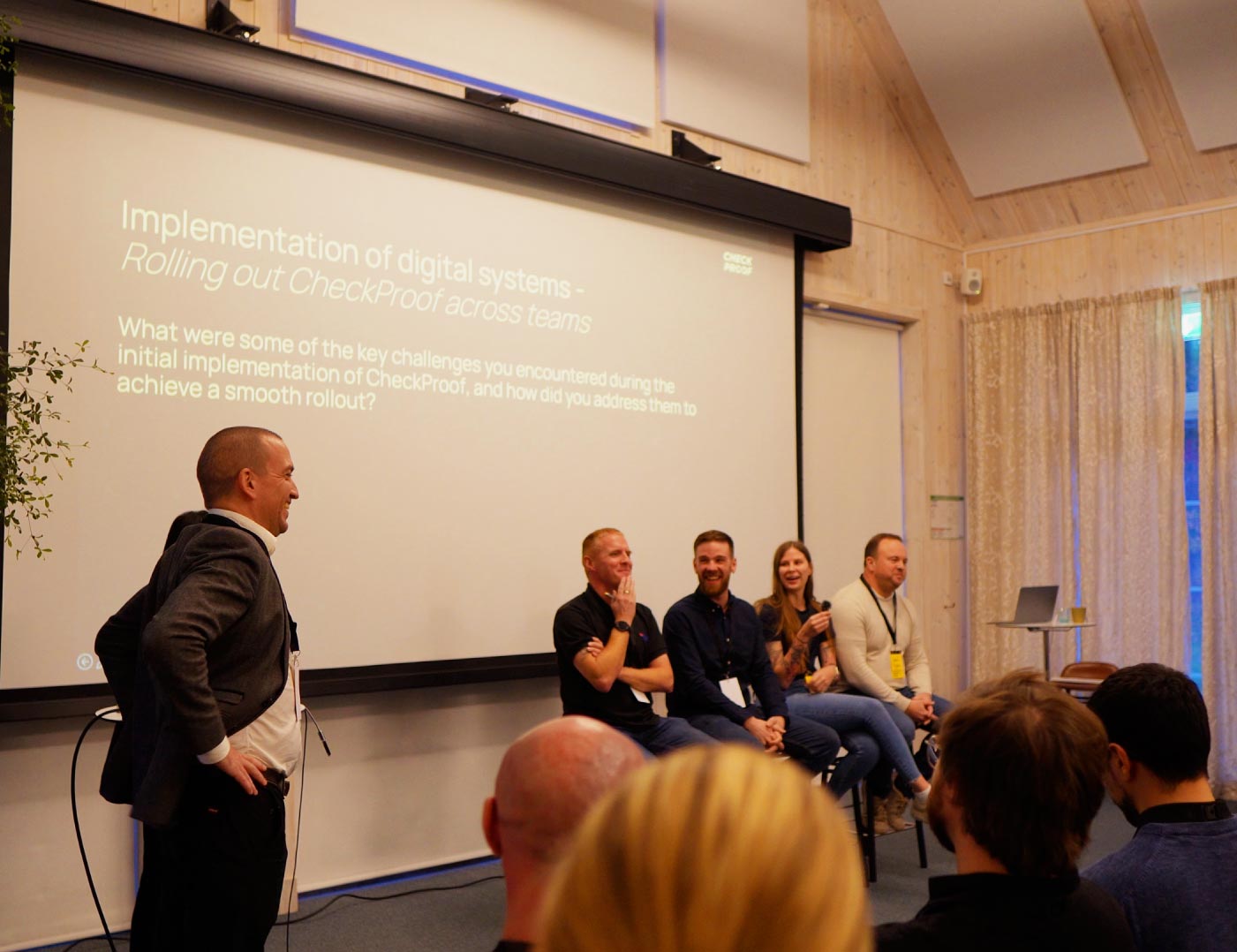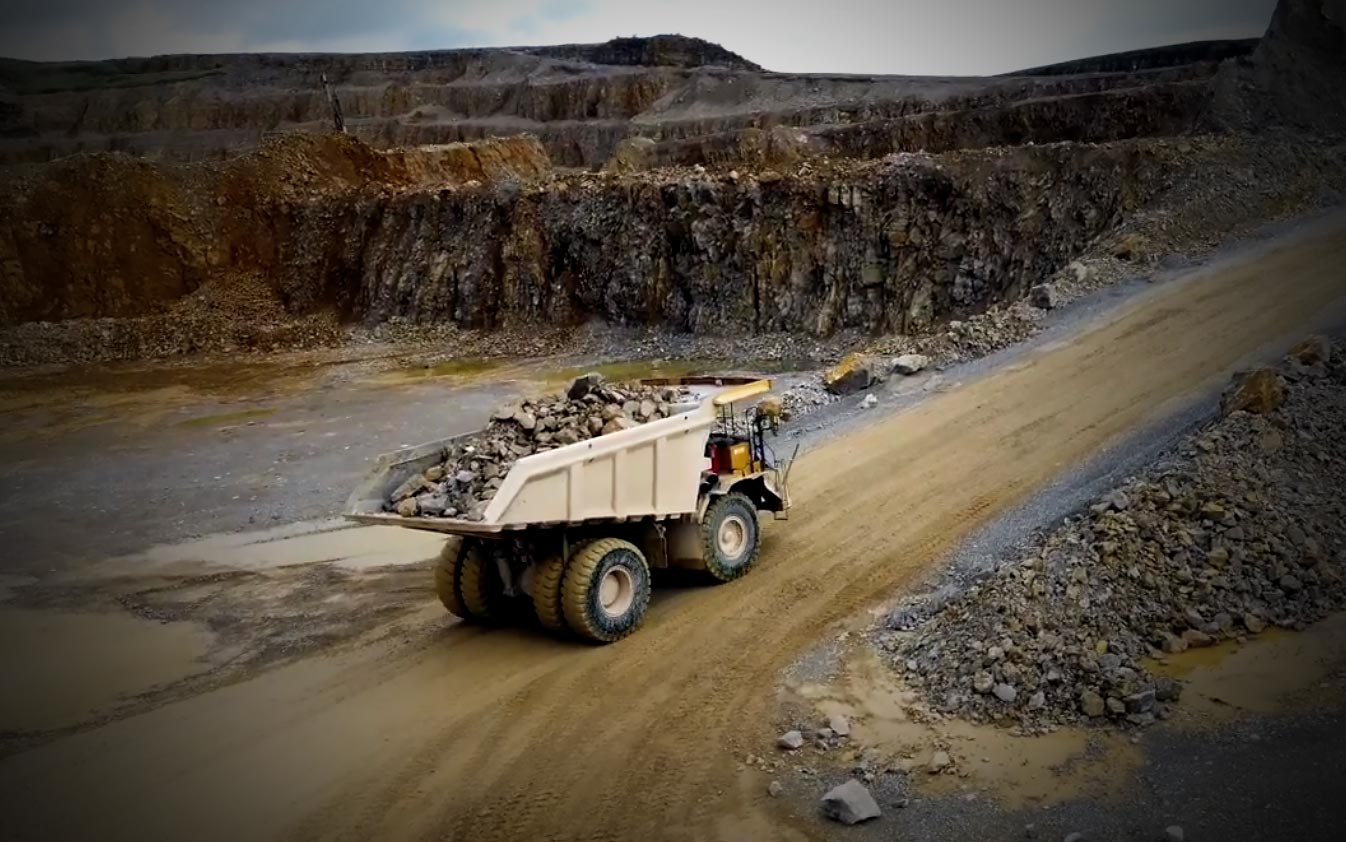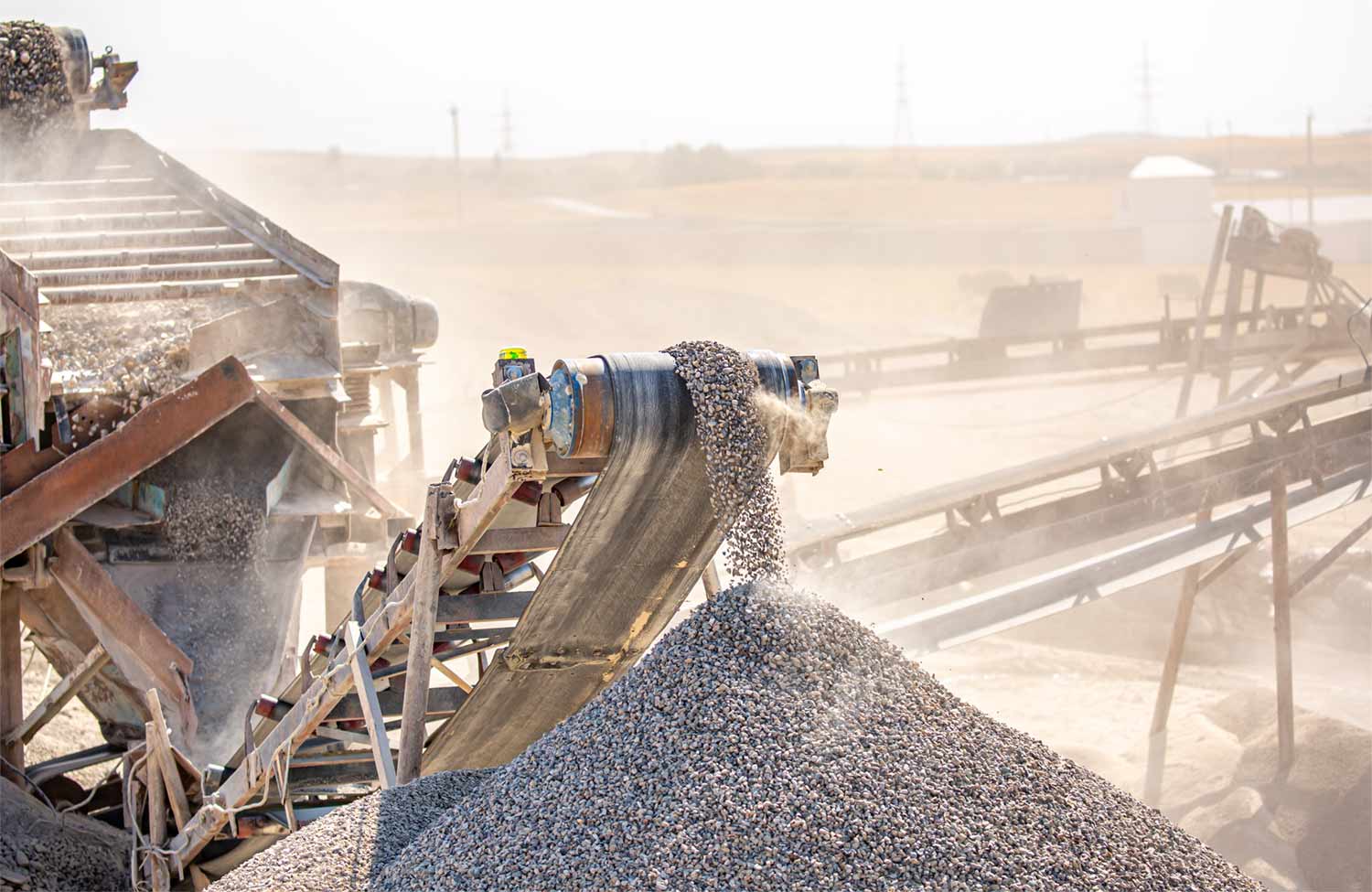Meet us at Bauma, Munich, DE - Trade Fair Center Messe Munchen: 7-13 April
Continuous improvement is exactly what it sounds like. You strive towards always doing better, because there’s always room for improvement. The practice lets you identify opportunities for production and equipment optimisation – resulting in higher efficiency and lower costs. The concept itself seems straightforward, but how do you establish a continuous improvement culture for your facility?
Continuous improvement: get everyone on board
In essence, continuous improvement is based on principles that strive to involve everyone in making improvements everyday and everywhere in your facility.
To achieve this, you need to adopt solutions and create processes that allow you to focus on improving continuously in order to maintain your advantage in the industry. It’s also important to keep in contact with your employees’ morale, help employees and management to see themselves as members of a team, and promote a commitment to personal accountability and a constant flow of feedback.
Follow these five practices to create a foundation for a continuous improvement culture.
1. Facilitate suggestions for improvement
The first and most important step toward continuous improvement is to encourage your frontline team to suggest improvements, and for them to easily be able to report them on-site. Without suggestions, there’s no way of knowing what can improve.
Adopt a digital solution with functionalities that enable your team to report straight from their mobile device to make suggesting improvements a simple task. A data-driven tool also allows your site manager to measure the potential for improvement of suggestions and follow up on improvements made.
2. Collect and utilise the data
You need a smart way of both collecting and managing your data. No data equals nothing to discuss, improve or follow up on. Make sure you implement a system that enables your site managers to easily collect and handle the data needed to spark action. Speak with data, manage with facts.
3. Standardise and structure your way of working
Imagine buying a bookshelf from IKEA and trying to put it together without instructions. Impossible. And even if you’ve built five bookshelves before, the risk of you missing one screw the sixth time is still high.
Standardise and structure your team’s way of working by implementing continuous improvement into your routines and making it a part of your employees’ day to day. Keep your routines digital to allow anyone to follow up on improvements, or pick up where someone else left off and complete the task according to plan.
4. Be transparent about the impact of improvements
You want a culture where no idea is a bad idea. Where everyone feels involved, part of a team and that they have the power to make a real impact. Where an employee wants to suggest an improvement for the sake of the success of the company.
To achieve this, you need transparency. Have your site managers set up meetings at regular intervals where they show employees the results of changes and that the suggestions they’ve made actually make a difference. Prove to them that when they do report a suggestion, action is taken. This is fundamental to boosting and keeping in contact with your employees’ morale.
Don’t let anything fall between the cracks
One of your employees has an idea on how to reduce the space needed for operations on-site. The lack of a digital reporting tool forces the employee to call the site manager. The manager, being stressed, forgets to write it down. Now, no one will take action. And there is no way for the employee to follow up on the suggestion in question, and will therefore never see an improvement. Will the employee make a suggestion next time? Probably not.
Implement a solution that your team can use to suggest improvements without fearing that it’ll never make its way to the site manager. This way, both your managers and frontline team can go through them retroactively and follow up on each one. Employees will see that their suggestions are looked into – enabling the “no idea is a bad idea”-philosophy. You incidentally increase employee morale and improve the feedback culture in your facility. Three birds, one stone.
Do you want more examples of how digitising your workflow can optimise your routines and minimise downtime? Download your free copy of the guide 9 keys to maximise the availability of your assets through frontline digitisation.
Want to know what CheckProof can do for you?
CheckProof's easy-to-use app makes it easier to do the right thing at the right time. Discover how you can run world-class maintenance that is both cost-effective and sustainable.












